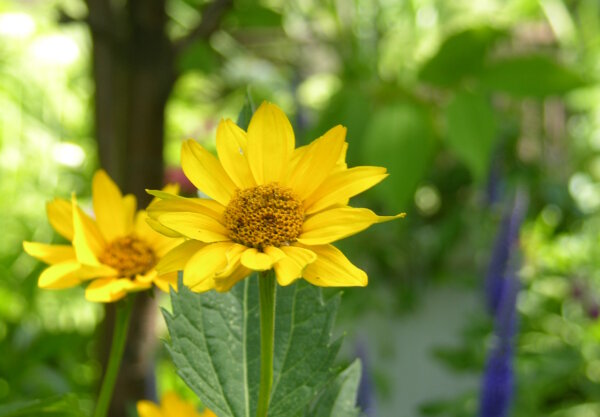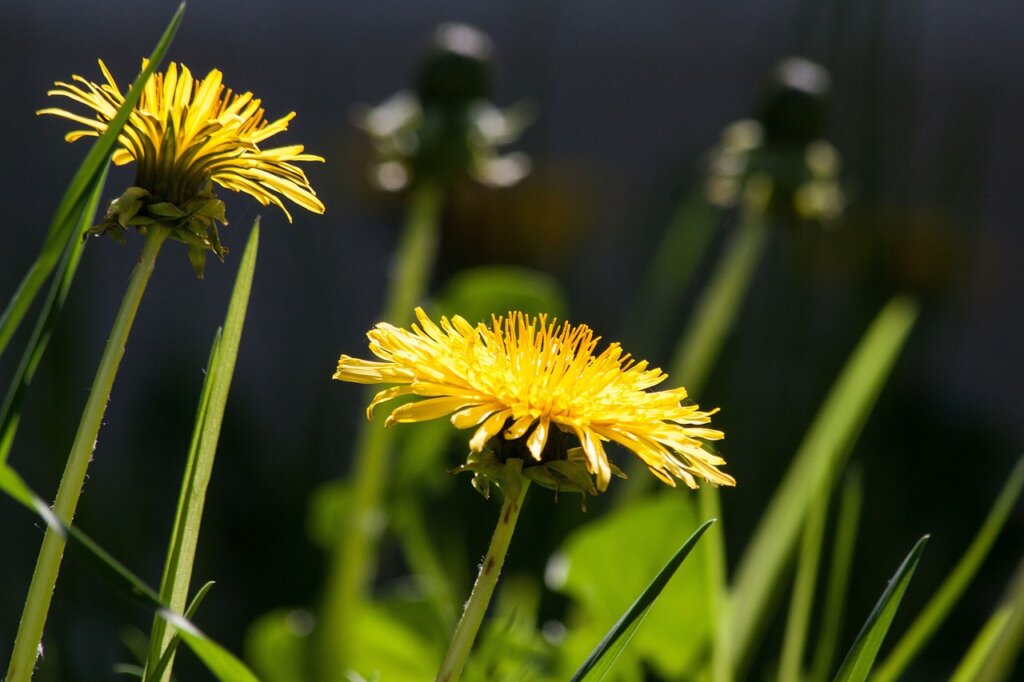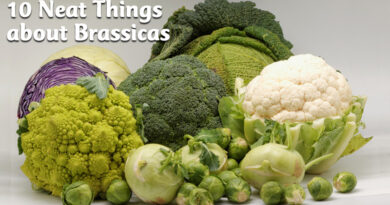DYC Dazzle: Meet the stars of the yellow composite world
They brighten roadsides and frustrate botanists.Nicknamed “Damned Yellow Composites” or DYCs by plant enthusiasts around 100 years ago, these are the cheery, yellow-flowered members of the aster family that look confusingly alike. From dandelions to hawkweed, they can be maddening to tell apart, especially when you’re squinting into a sunny field.
1. It’s all in the family.
DYCs belong to the Asteraceae family, one of the largest and most varied plant families in the world. What looks like a single flower is actually a composite: a tight cluster of tiny individual flowers. The ray florets form what we think of as petals, while the disc florets make up the central button.
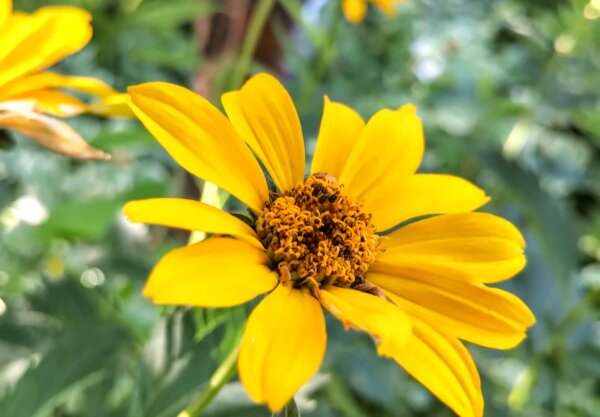
2. They’re not all weeds.
Although some DYCs are opportunistic colonizers, many are treasured in garden beds. Coreopsis, calendula, bidens and doronicum (leopard’s bane) all fit the DYC label and bring a welcome splash of yellow to containers and borders.
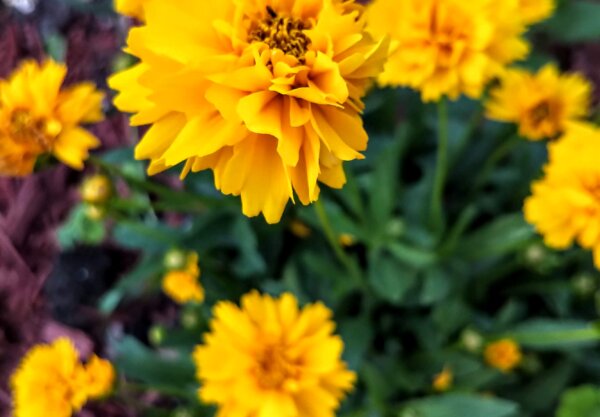
3. Many are native, some are not.
Canada boasts native DYCs like arnica and goldenrods, but settlers brought others with them, often for practical reasons. Dandelion was used for food and medicine; its leaves added to spring salads, roots roasted as a coffee substitute. Coltsfoot soothed coughs and lung ailments. These useful plants quickly slipped the confines of cottage gardens and naturalized across the landscape, thriving in disturbed soils and open fields.
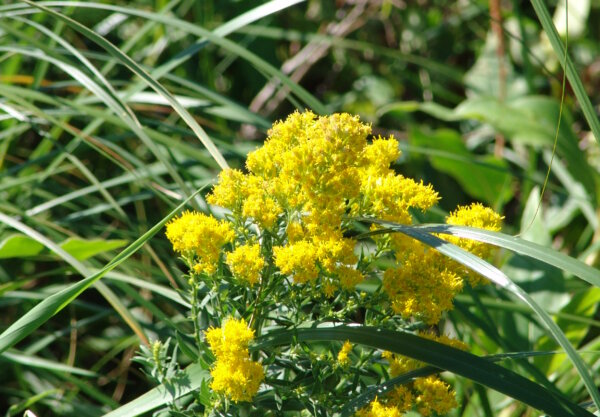
4. Gardeners love their showy cousins.
Some DYCs are far from anonymous. Black-eyed Susan and blanket flower are popular ornamentals, admired for their bold tones and resilience. Black-eyed Susans bloom for weeks, stand up to drought, and fit well in naturalistic designs. Blanket flowers flourish even in sandy soils and are favourites of bees and butterflies. Both are North American natives and proof that DYCs can be stars of the garden.
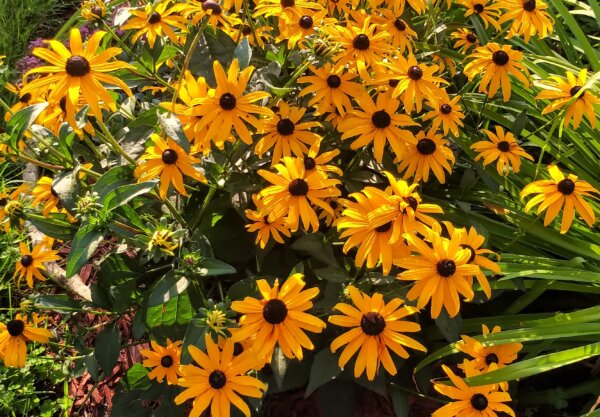
5. They’re pollinator powerhouses.
DYCs are generous providers of nectar and pollen. Their prolonged bloom periods support a wide range of insectsfrom solitary native bees to hoverflies and butterflies. Goldenrods and sow-thistles are critical late-season sources, while early risers like coltsfoot give newly emerged bumblebee queens something to sip in spring’s chill.
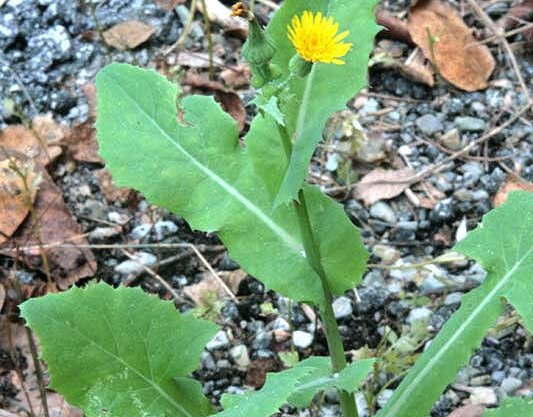
6. They’re pioneers.
DYCs often lead the charge into newly disturbed ground. With wind-borne seeds and a tolerance for poor soils, they fill in gravel lots, ditches, and construction sites, helping stabilize soil and kick-start ecological succession.
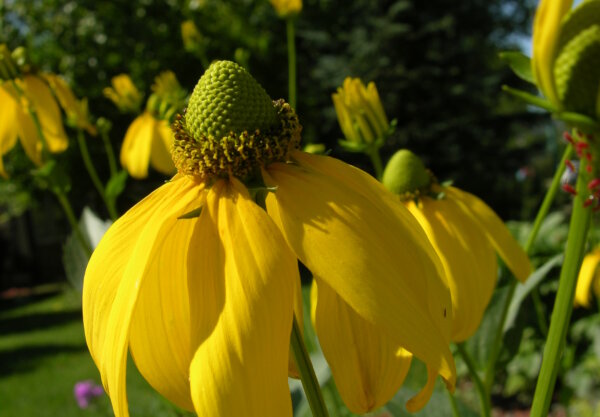
7. Some are medicinal.
Several DYCs have long-standing roles in herbal medicine. Arnica is prized for soothing sore muscles, calendula appears in salves and teas, and dandelion supports digestion and liver health. But not all are benign; ragwort, for instance, contains alkaloids that can harm both humans and livestock.

8. Some bloom when little else does.
DYCs help bookend the flowering season. Coltsfoot and salsify open in early spring, sometimes before leaves emerge on trees. Goldenrod and fall dandelion stretch the season into October, giving pollinators a lifeline when few other blooms remain.

9. They’re incredibly diverse.
From hawkweed to fleabane, North America hosts hundreds of DYC species, many with only subtle differences. Their identification can stump even experienced botanists, sometimes requiring microscopic analysis or even DNA testing.
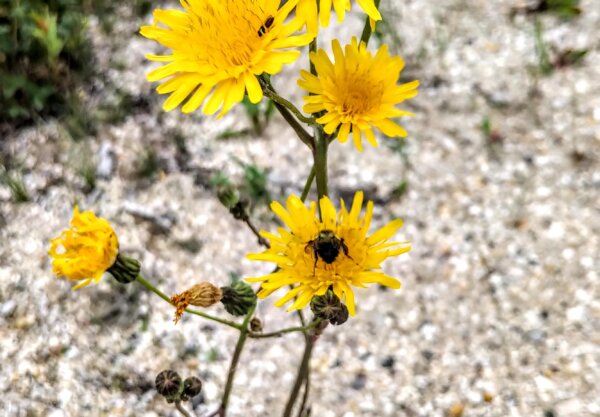
10. DYCs reward a second look.
From a distance, they may blur together, but closer inspection reveals a range of leaf shapes, bract arrangements, bloom times, and growth habits. Learning to distinguish them sharpens observation skills and fosters a deeper appreciation of the ordinary.
